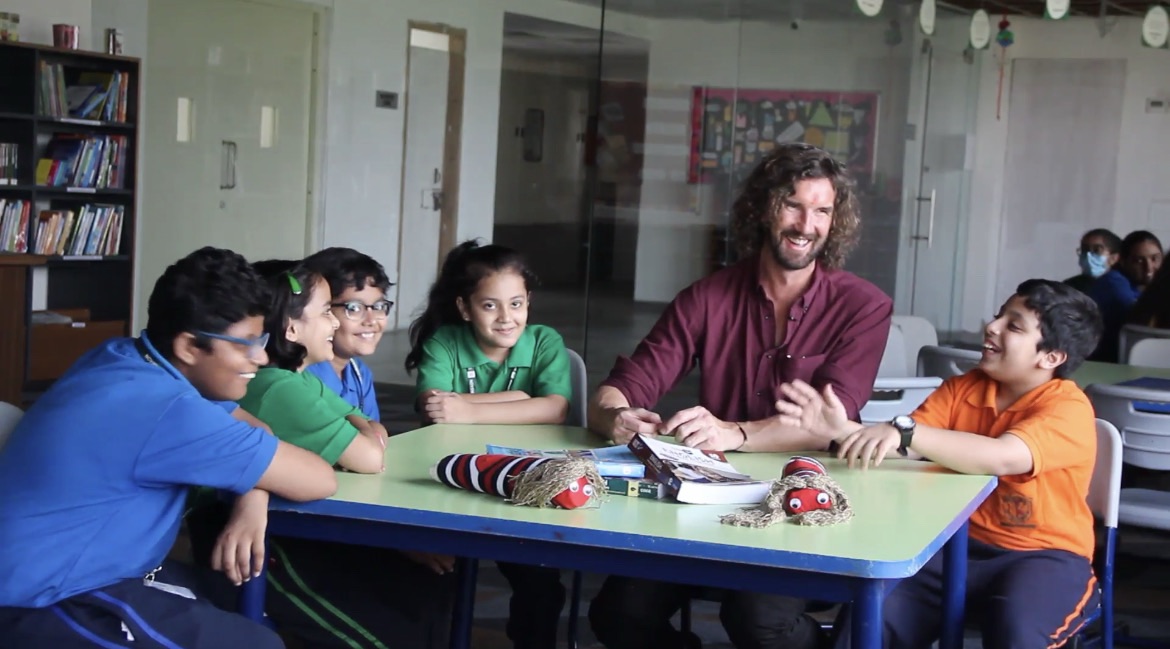In the early years of a child’s life, they rely heavily on their parents to learn about the world around them. One of the most critical aspects of this learning involves understanding emotions—both their own and those of others. A key way children grasp the connection between emotions and facial expressions is through observing their parents. But in our modern, tech-driven world, an increasing number of parents are often distracted by their smartphones, potentially hindering this vital developmental process.
How Children Learn Emotional Expressions
From the moment a child is born, they start tuning into their parents’ faces. When a parent smiles, the child begins to associate that smile with happiness. When a parent frowns, they start to link that expression with something being wrong. These early interactions form the foundation of a child’s emotional intelligence, helping them understand what different facial expressions mean and how to respond to them.
Children are naturally observant and learn by mimicking. They watch their parents closely, imitating their facial expressions and gradually learning which emotions correspond to those expressions. For example, when a parent makes an exaggerated happy face while playing, the child learns to associate that expression with joy and fun. Over time, these repeated observations help the child build a mental library of facial expressions and their associated emotions.
The Impact of Smartphones on Emotional Learning
However, when parents are frequently engrossed in their smartphones, these learning opportunities can be significantly reduced. A parent who is looking down at their phone isn’t making eye contact with their child. They aren’t smiling, frowning, or showing other expressions that the child can observe and learn from. This can lead to a “disrupted social engagement,” where the child doesn’t receive the necessary cues to develop their understanding of facial expressions and emotions.
The result is a potential delay in the child’s ability to read and express emotions. Without consistent face-to-face interaction, the child might struggle to learn how to respond to the emotions of others or express their own feelings through facial expressions. This can affect their social skills and emotional development as they grow older.
Mirror Neurons: The Science Behind the Mimicry
Now, here’s where it gets really interesting—enter the concept of mirror neurons. These special brain cells fire both when we perform an action and when we observe someone else performing that same action. So, when your child sees you smile, their mirror neurons light up as if they are smiling too. It’s like their brain is practicing that emotion, even before they physically mimic it.
Research has shown that mirror neurons play a crucial role in how we understand and empathise with others. A study conducted by researchers at the University of Parma found that these neurons are key in helping us interpret the emotions and intentions of those around us. For children, who are still figuring out the complex world of social interactions, mirror neurons are like a built-in guide, helping them learn through observation.
But here’s the catch—if children don’t get enough opportunities to observe these emotional expressions, their mirror neurons don’t get the workout they need. Imagine trying to learn a new skill without ever watching someone else do it first. It would be tough, right? The same goes for learning emotions. If a parent’s face is hidden behind a phone screen, those all-important mirror neurons might miss out on the cues they need to help the child develop their own emotional toolkit.
The Long-Term Benefits of Face-to-Face Connection
Engaging in regular, face-to-face interactions with your child isn’t just about helping them learn emotions in the short term—it has profound long-term benefits too. Children who experience consistent and meaningful face-to-face communication tend to develop stronger social skills, better emotional regulation, and deeper empathy as they grow. These skills are essential for building healthy relationships, succeeding in school, and navigating the complexities of life. Moreover, research suggests that children who have strong early connections with their parents are more likely to develop secure attachments, leading to higher self-esteem and resilience in adulthood. In essence, those simple moments of connection can have a ripple effect, setting the stage for a lifetime of emotional well-being and successful social interactions.

Takeaways for Parents
- Be Present and Engaged: Make an effort to put the phone away during interactions with your child. Those moments of face-to-face engagement are vital for their emotional development.
- Use Your Expressions: Remember that your child is watching and learning from your every expression. Smiling, frowning, laughing—these are all lessons in emotion for your child.
- Create Opportunities for Interaction: Find regular, distraction-free times each day to connect with your child. These are the moments when their mirror neurons are most active, helping them learn and grow emotionally.
By being mindful of our screen time and making space for more meaningful interactions, we can help our children develop the emotional intelligence they need to navigate the world with confidence and empathy.








